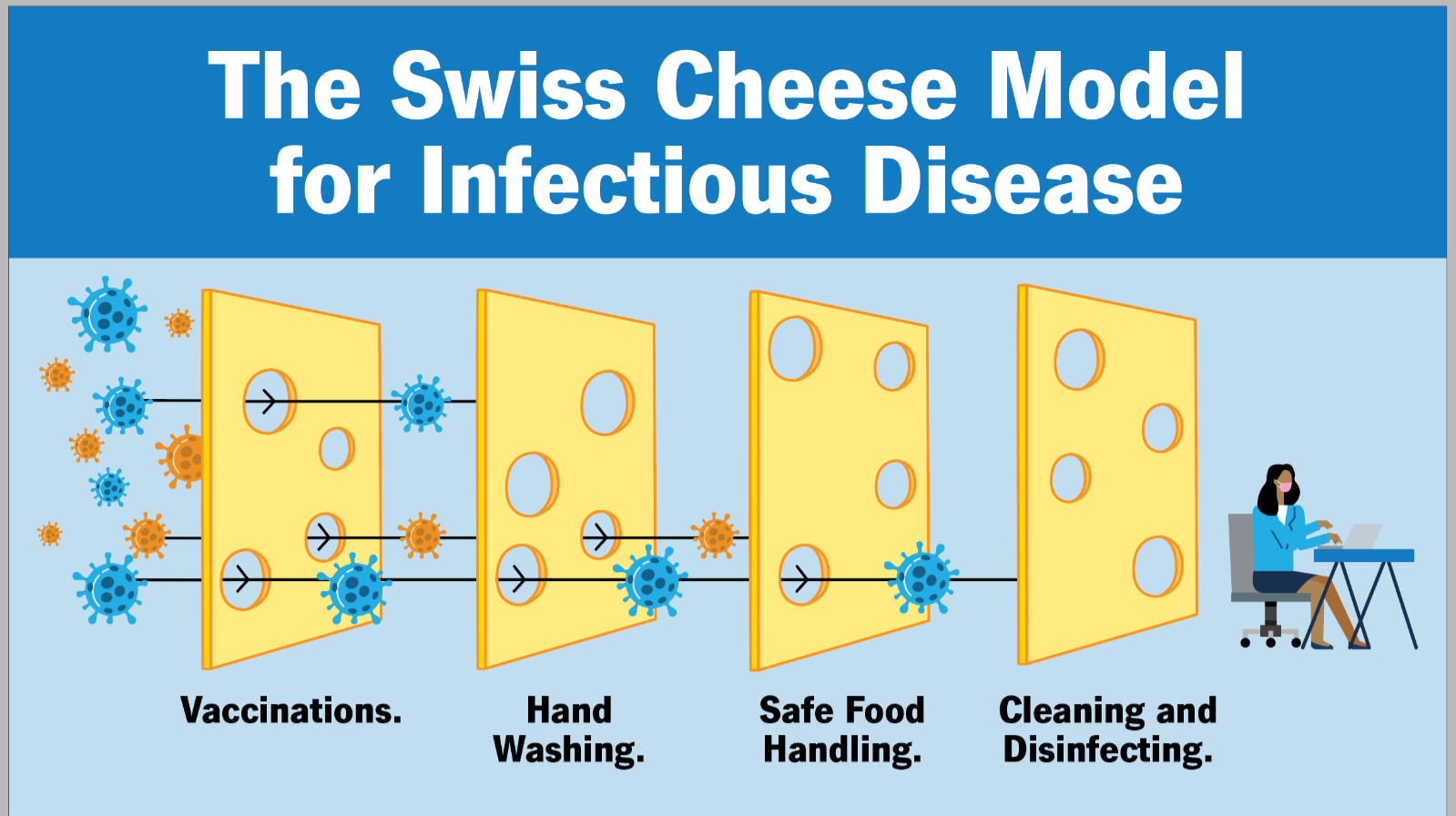A nursing preceptor is reviewing life expectancy in the twentieth century with a new nurse. The nurse should recognize that which of the following was most responsible for the dramatic increase in life expectancy during the twentieth century.
Advances in surgical techniques and procedures
Sanitation and other public health activities
Technology increases in the field of medical laboratory research
Use of antibiotics to fight infections
The Correct Answer is B
Choice A reason: Advances in surgical techniques and procedures have improved the outcomes of many patients, but they are not the main factor for the increase in life expectancy. Surgical interventions are often costly, risky, and inaccessible to many people, especially in developing countries.
Choice B reason: Sanitation and other public health activities have had a significant impact on reducing mortality from infectious diseases, such as cholera, typhoid, and tuberculosis. These activities include providing safe water, improving hygiene, promoting vaccination, and controlling vector-borne diseases. Sanitation and public health measures are relatively low-cost, effective, and preventive strategies that can benefit large populations.
Choice C reason: Technology increases in the field of medical laboratory research have contributed to the diagnosis and treatment of many diseases, such as cancer, diabetes, and genetic disorders. However, these technologies are often expensive, complex, and dependent on specialized equipment and personnel. Therefore, they are not the main reason for the increase in life expectancy.
Choice D reason: The use of antibiotics to fight infections has been a major breakthrough in medicine, saving millions of lives from bacterial infections. However, antibiotics have also led to the emergence of antibiotic-resistant bacteria, which pose a serious threat to public health. Moreover, antibiotics are not effective against viral infections, such as influenza, HIV, and COVID-19. Therefore, antibiotics are not the most responsible factor for the increase in life expectancy.

Nursing Test Bank
Naxlex Comprehensive Predictor Exams
Related Questions
Correct Answer is C
Explanation
Choice A reason: Administering an antipyretic is not the next action that the nurse should initiate. An antipyretic is a medication that lowers fever, which is a common symptom of meningococcal meningitis. However, fever is not a life-threatening condition, and it may have some beneficial effects on fighting infection. The nurse should first prioritize other actions that are more urgent or critical for the client's safety and outcome.
Choice B reason: Decreasing environmental stimuli is not the next action that the nurse should initiate. Decreasing environmental stimuli is a nursing intervention that can help reduce agitation, confusion, or seizures in clients with meningococcal meningitis. However, it is not an immediate or essential action, and it may not be effective if the client's condition worsens or progresses to coma.
Choice C reason: Assessing the cranial nerves is the next action that the nurse should initiate. Cranial nerve assessment is a neurological examination that evaluates the function of 12 pairs of nerves that originate from the brainstem and control various sensory and motor functions, such as vision, hearing, smell, taste, facial expression, eye movement, swallowing, speech, and balance. Meningococcal meningitis is an inflammation of the meninges, which are the membranes that cover and protect the brain and spinal cord. Meningeal inflammation can compress or damage the cranial nerves, causing various signs and symptoms, such as headache, photophobia, diplopia, facial palsy, dysphagia, dysarthria, or nystagmus. Assessing the cranial nerves can help detect any neurological deficits or complications early, and guide appropriate interventions or referrals.
Choice D reason: Completing a vascular assessment is not the next action that the nurse should initiate. A vascular assessment is a physical examination that evaluates the blood flow and circulation in different parts of the body, such as the arms, legs, abdomen, or neck. It may include checking pulses, blood pressure, capillary refill, skin color, temperature, or edema. A vascular assessment may be relevant for some clients with meningococcal meningitis who develop septic shock or disseminated intravascular coagulation (DIC), which are serious conditions that affect blood vessels and clotting factors. However, these are not common or early manifestations of meningococcal meningitis, and they require more advanced or specialized assessments and treatments.
Correct Answer is B
Explanation
Choice A reason: Plantar flexion is the movement of the foot that points the toes downward. It is not a test for gait, but rather a test for muscle strength and nerve function in the lower leg.
Choice B reason: Romberg is a test for balance and coordination that involves asking the client to stand with their feet together and arms at their sides, first with their eyes open and then with their eyes closed. If the client sways or falls when their eyes are closed, it indicates a problem with their proprioception, which is the sense of position and movement of the body. Ataxia is a condition that affects proprioception and causes impaired gait, so Romberg is an appropriate test for it.
Choice C reason: Achilles reflex is the contraction of the calf muscle when the Achilles tendon is tapped. It is not a test for gait, but rather a test for spinal cord function and nerve damage in the lower leg.
Choice D reason: Patellar reflex is the extension of the lower leg when the patellar tendon is tapped. It is not a test for gait, but rather a test for spinal cord function and nerve damage in the upper leg.

Whether you are a student looking to ace your exams or a practicing nurse seeking to enhance your expertise , our nursing education contents will empower you with the confidence and competence to make a difference in the lives of patients and become a respected leader in the healthcare field.
Visit Naxlex, invest in your future and unlock endless possibilities with our unparalleled nursing education contents today
Report Wrong Answer on the Current Question
Do you disagree with the answer? If yes, what is your expected answer? Explain.
Kindly be descriptive with the issue you are facing.
